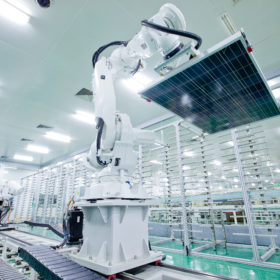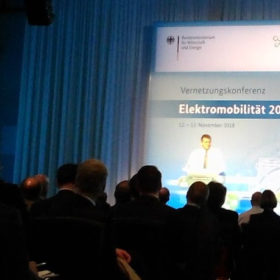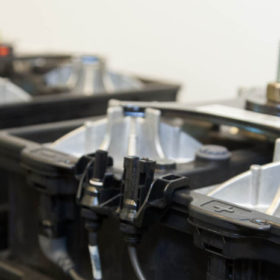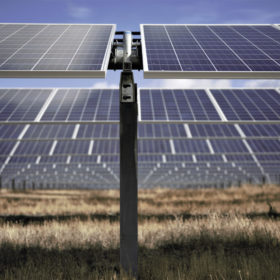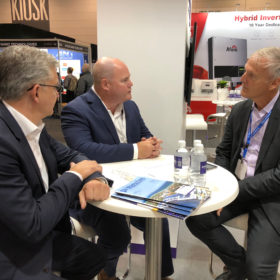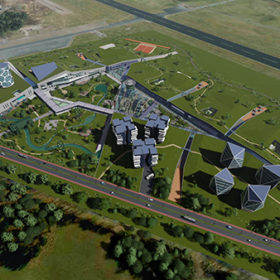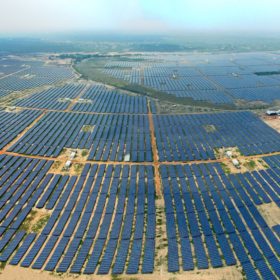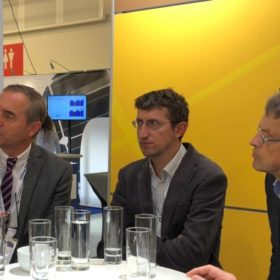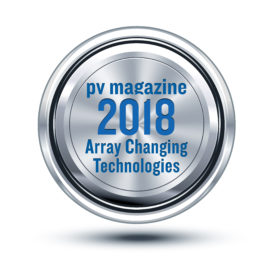Bifacial boost to large-scale output: Webinar follow up with JinkoSolar (Part 1)
In pv magazine’s recent webinar, JinkoSolar laid out the case for using bifacial modules in large-scale solar plants, and the opportunities and challenges this can bring for project developers. Listeners raised plenty of interesting questions during the webinar, and now Andrea Viaro, Head of Technical Services for Europe has taken the time to answer some of those we couldn’t fit in. Further questions from the webinar will be answered later this week.
German government devotes €1bn to battery cell production
The Federal Ministry of Economics has published further details of possible battery cell production on a gigawatt scale. At the Networking Conference Electromobility 2018 in Berlin this week, Minister Peter Altmaier stressed the urgency of the project, for Germany and Europe to be independent of Asia and the US in storage technology.
Annual scorecard will rate battery systems for developers
The first annual Battery Performance Scorecard has turned up interesting findings, including the fact high temperatures can help or hinder power output – depending on the product, and seemingly in equal measure.
The weekend read: On track for broader horizons
The global vertical integration of the PV tracker industry is accelerating, as players seek to build organizations that can provide manufacturing and support in multiple markets simultaneously. These partnerships tend to connect intellectual property assets with global manufacturing capability and construction and engineering teams that have the financial wherewithal to pursue international markets. The trend also is driving product line expansion, as in the case of Nextracker’s offering of energy storage as an integrated part of its tracker design.
Eguana Technologies recruits new executives
Mercedes Benz execs join Eguana Technologies to help drive Calgary-based business’ global expansion plans.
Dutch battery maker signs agreement for €1.6bn Chinese gigafactory
Lithium Werks has ambitious plans for a global chain of utility-scale production lines that has secured the backing of the Netherlands government and PM Mark Rutte, as EU leaders contemplate a post-US trade future.
Report eyes alternative battery technologies due to socio-ecological concerns
Lead, sulphuric-acid, nickel, cobalt and rare earth metals are highly toxic and have adverse impacts on the environment and the societies in which they are mined. As the EU is looking to become a world leader in battery production, a report considers new battery technologies – such as sodium-ion – which would have less negative impacts.
Indian state of Tamil Nadu targets 400% jump in solar capacity by 2022
The state government is proposing a range of incentives and mandates to drive PV and solar thermal installations to almost 9 GW within four years. Under the proposed policy, 10% of the public fleet would be replaced by electric vehicles.
Manufacturers and research institutes form alliance in Europe
The European Solar Manufacturing Council has been launched at EU PVSEC in Brussels. Participating research institutes, mechanical engineers, material and PV manufacturers stress the importance of having big solar manufacturers in Europe.
Array Changing Technologies 2018: The winners
After plenty of deliberations from the jury of independent PV industry experts assembled by pv magazine, we are pleased to announce the top innovations selected in the Array Changing Technologies 2018.
